UCSF
Latest
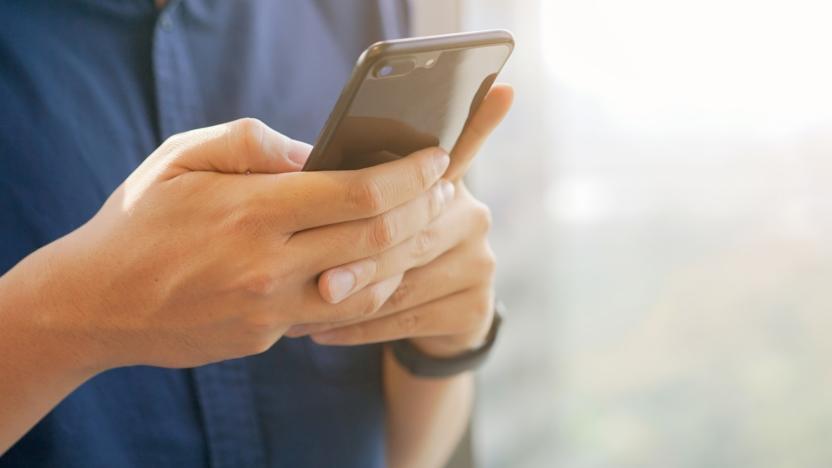
UCSF app wants to use your biometric data to track the spread of coronavirus
A new UC San Francisco initiative will give you a way to help advance our understanding of the coronavirus pandemic, even if you're not a scientist or a medical professional. The COVID-19 Citizen Science project welcomes contributions from anyone over 18, so long as they have a phone and can download its app.
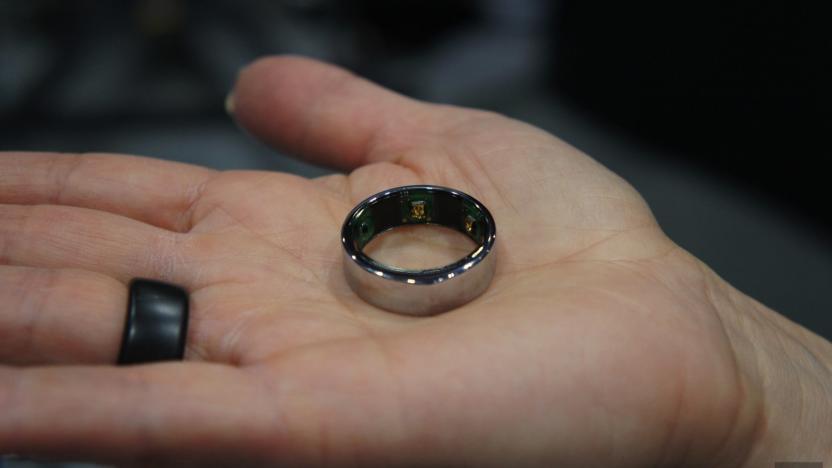
ER docs don smart rings to better predict COVID-19 infections
Some 2,000 emergency medical workers in San Francisco are tracking their temperature and other vitals with Oura's smart rings in an attempt to limit the spread of COVID-19, SF Chronicle reports. Oura and researchers from the University of California San Francisco (UCSF) hope to use that data to develop an algorithm that will predict the onset of COVID-19 and help contain the virus.
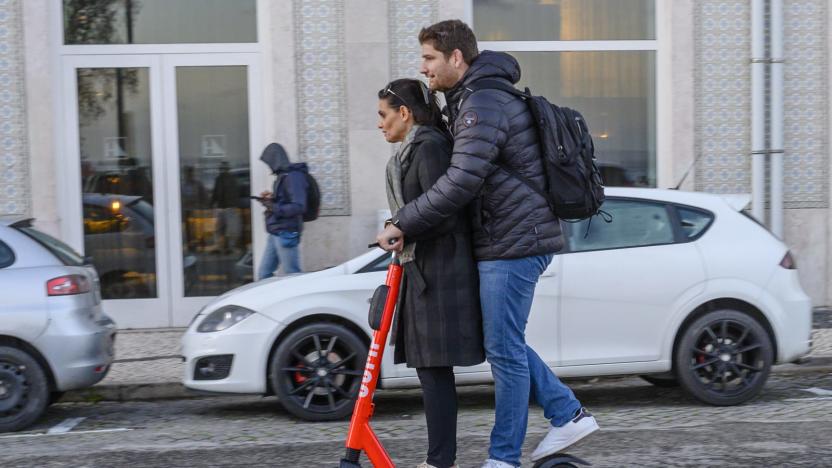
E-scooter injuries quadrupled in four years
It probably won't shock you to hear that the rise of e-scooters and their matching services has led to more injuries, but researchers now have some more tangible proof. A UCSF study indicates that electric scooter-related injuries in the US jumped 222 percent between 2014 and 2018, with over 39,000 people hurting themselves. There were 'only' about 3,300 hospital admissions, but that's an increase of a staggering 365 percent. Most first-time injuries came to the 18-to-34 crowd. And yes, the lack of helmets was a problem -- almost a third of injuries involved some kind of head trauma.

AI can help doctors spot brain hemorrhages faster
AI is already capable of discovering medical conditions with a high degree of accuracy. However, brain hemorrhages are particularly challenging -- false positives slow things down, while missing even a tiny hemorrhage could be deadly. The technology might be ready for it, however. UC Berkeley and UCSF researchers have created an algorithm that detected brain hemorrhages with accuracy better than two out of four radiologists in a test. The key was the algorithm's finely-detailed training data.

Implant turns brain signals into synthesized speech
People with neurological conditions who lose the ability to speak can still send the brain signals used for speech (such as the lips, jaw and larynx), and UCSF researchers might just use that knowledge to bring voices back. They've crafted a brain machine interface that can turn those brain signals into mostly recognizable speech. Instead of trying to read thoughts, the machine learning technology picks up on individual nerve commands and translates those to a virtual vocal tract that approximates the intended output.
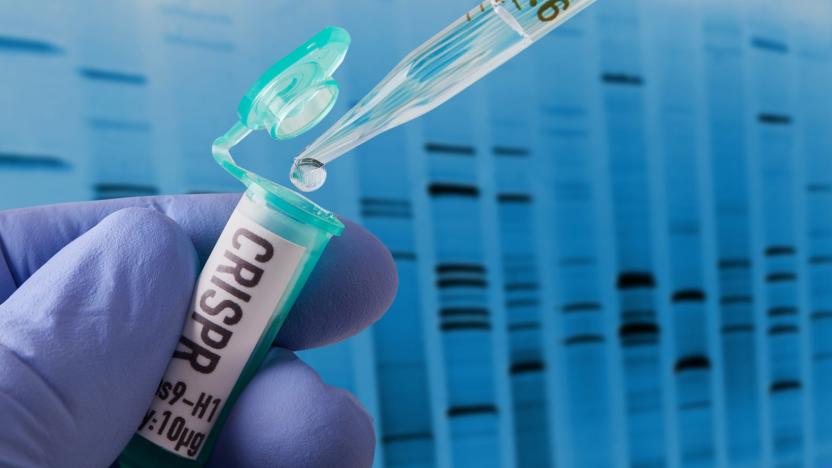
Scientists use CRISPR to make stem cells invisible to immune system
Scientists at the University of California San Francisco have developed a new method to minimize the likelihood that a person's body will reject stem cells during a transplant. Using the CRISPR gene editing tools, the scientists managed to create stem cells that are effectively invisible to the body's immune system.

Stem cell breakthrough could help cure type 1 diabetes
Scientists have edged one step closer to a major treatment for (and possibly cure for) type 1 diabetes. A UCSF team has claimed it's the first to turn human stem cells into the mature, insulin-producing cells that type 1 patients don't have. The key was to acknowledge a reality in the development of islets, or clusters of healthy beta cells (which generate insulin) in the pancreas. They separated partly differentiated pancreatic stem cells into islets, jumpstarting their development and leading to responses to blood sugar that more closely represented mature cells. Even alpha and delta cells grew more effectively, UCSF said.
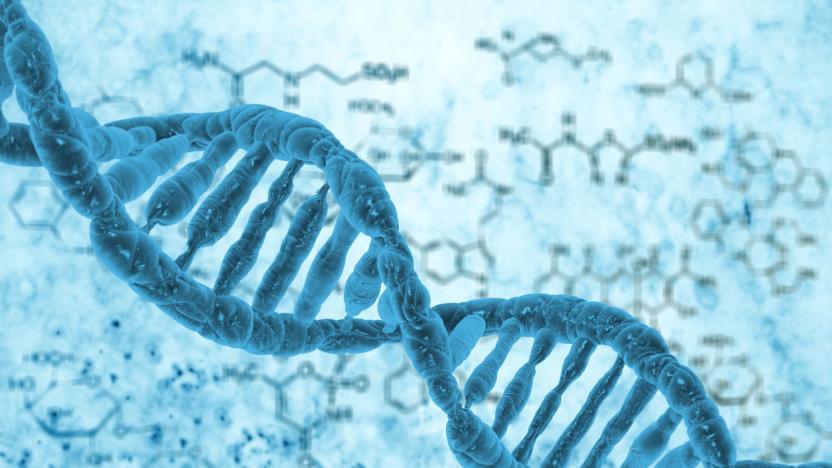
Scientists reprogram T Cells to target autoimmune diseases
Researchers from the University of California, San Francisco have uncovered a gene-editing technique which could provide safer treatments for patients with cancer and autoimmune diseases. The breakthrough -- which involves the CRISPR/Cas9 system -- will allow T cells (the cells which fire up our immune response) to recognize infections with greater specificity, and eliminate the need to use viruses for transferring DNA to target cells.

Drug could prevent memory loss in deep space astronauts
Cosmic radiation is one of the greatest threats to astronauts embarking on deep space missions, not the least of which is the effect on the brain: it could hinder your memory and destroy vital synapses. Thankfully, you might only need to take some pills. UCSF researchers have discovered that a drug from Plexxikon potentially prevents memory problems from cosmic radiation. Tests on mice show that the medicine forces the brain to replace irradiated immune system cells (microglia) with healthy examples, preventing inflammation that could damage memory functions.
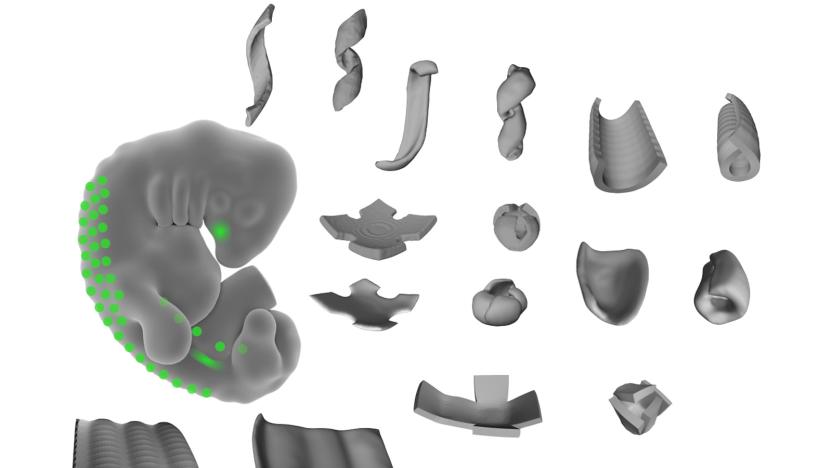
Scientists 'hack' cells to create 3D shapes from live tissue
Never mind 3D-printing organs -- the real dream is to make the tissue itself bend to your will, and UCSF scientists have managed just that. They've discovered that they can 'hack' special cells that help fold tissue (mesenchymal cells) to create 3D shapes out of live tissue. The trick is to lay out these cells in specific patterns that "tug" on other cells' extracellular matrix fibers. You can create surprisingly diverse items, ranging from simple bowls and ripples to decidedly unnatural items like cubes and coils.

High-tech solutions top the list in the fight against eye disease
"The eyes are the window to the soul," the adage goes, but these days our eyes could be better compared to our ethernet connection to the world. According to a 2006 study conducted by the University of Pennsylvania, the human retina is capable of transmitting 10 million bits of information per second. But for as potent as our visual capabilities are, there's a whole lot that can go wrong with the human eye. Cataracts, glaucoma and age-related macular degeneration (AMD) are three of the leading causes of blindness the world over. Though we may not have robotic ocular prosthetics just yet, a number of recent ophthalmological advancements will help keep the blinds over those windows from being lowered.

ICYMI: Relax while a robot takes care of your yard work
try{document.getElementById("aol-cms-player-1").style.display="none";}catch(e){}Today on In Case You Missed It: Kobi is a yard work robot that is purportedly able to clean leaves, mow the lawn and shovel snow, though the promo video shows it very briefly moving snow only, so stand by for reviews on that rush purchase. Meanwhile UCSF researchers found that infant brains actually move neurons around up to three months after birth, which is not something we'd known before. The self-driving car experiment out of the University of Oxford wrapped up with a sweet little send-off video. If you're interested in the LED suit from Red Bull, that video is here. As always, please share any interesting tech or science videos you find by using the #ICYMI hashtag on Twitter for @mskerryd.

ICYMI: The US Government wants to limit big rig speeds
try{document.getElementById("aol-cms-player-1").style.display="none";}catch(e){}Today on In Case You Missed It: The National Highway Traffic Safety Administration is proposing to mechanically limit the speed of buses and semis over 26,000 pounds to under 68 miles per hour. The idea focuses on safety concerns but also would improve fuel efficiency.
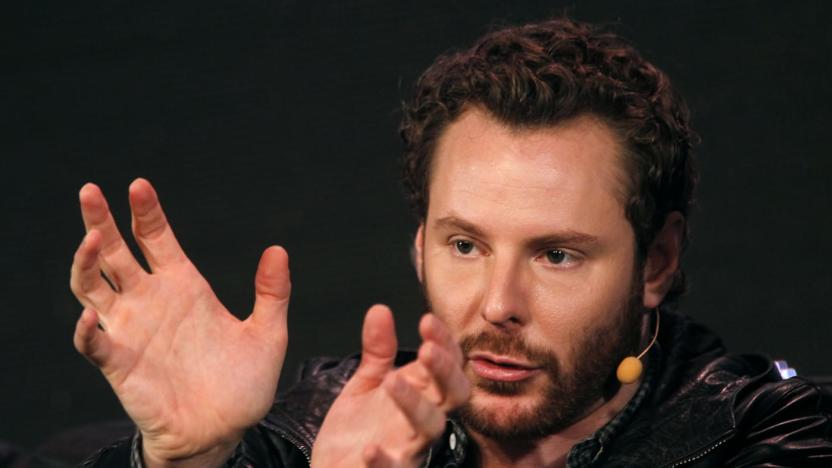
Napster co-founder's new institute aims to beat cancer
Sean Parker is known for many things: co-founding Napster, joining Facebook in its early days, starting charities and creating his share of technology startups. If all goes well, though, he'll also add "helped cure cancer" to that list. He just founded the Parker Institute for Cancer Immunotherapy, a $250 million effort to fight cancer by relying on the body's immune system. The organization will unite six universities (covering 40 labs and over 300 scientists), encouraging them to share research rather than compete. As Parker puts it, humanity is on the "bleeding edge" of what you can do with synthetic biology... it might just need a nudge to turn those findings into real-world treatments.

The US military wants brain implants to treat combat trauma
For soldiers coping with brain injuries and post-traumatic stress, coming home may be tougher than the actual fighting; their conditions can last a lifetime. Long-term relief may be on the horizon for US veterans, though. DARPA is supporting the White House's brain mapping initiative by funding the development of implants (conceptualized below) that alleviate the symptoms of warriors' mental problems, ranging from PTSD to extreme depression. The technology, built by Massachusetts General Hospital, Draper Laboratory and UC San Francisco, will use sensors to watch for unusual neural activity at multiple parts of the brain. If something's wrong, the implants will use deep electrical stimulation to restore healthy activity -- permanently, if possible.

Samsung and UCSF create a research space for mobile health tech
Samsung has been developing its own mobile health technology, but it knows that it can't do everything; there are plenty of entrepreneurs that have their own clever ideas. To help get those projects off the ground, the company is partnering with the University of California San Francisco to create the UCSF-Samsung Digital Health Innovation Lab. The venue will give up-and-comers a space to develop and test their mobile health breakthroughs, whether they involve wearable sensors or cloud services. We've reached out for more details regarding the lab, but it's safe to presume that Samsung isn't waiting for the lab to open before it releases some more health-related products of its own.

UCSF study shows gaming makes you cognitively younger (video)
A slew of negatives plague video games -- Peter Pan Syndrome, hyper-violence, camping -- but their youthfulness could do just what Nintendo's Brain Age promised: improve elderly brain function. Over four years, researchers at the University of California, San Francisco had a group play a custom game (video of it in action is after the break) that tasks players to drive and identify road signs that appear while ignoring certain others, according to the New York Times. It's not quite Grand Theft Auto, but it proved how hard successfully multitasking becomes with age. However, after training with the game, the 60 to 80 year old test subjects stomped those a fraction of their age who had no prior exposure to it. What's more, this experience produced brain functionality benefits outside of the game. This isn't a fluke, either. For proof, the scientists used electroencephalography to monitor the older subjects and found that while playing, the theta wave activity -- associated with attention -- in their prefrontal cortexes looked like that of younger adults. These findings may help scientists understand what areas of the brain "could and should" be manipulated to improve cognitive functions like memory. The study appears in today's edition of Nature and backs up similar research from May that also used a concentration-heavy game, and reported like results. Now if you'll pardon us, we have to show our parents that all those hours of our childhood weren't wasted.

UCSF's robotic pharmacy automatically distributes medication, scrutinizes human error (video)
Robots are slowly taking over the world, right? Well, their latest conquest is the pharmacy. The UCSF Medical Center has implemented three robotic pill-dispensing machines that handle and prepare medication that's dangerous to the common human. The process works as follows: doctor writes a prescription, hospital clerk sends it over to pharmacist, pharmacist enters slip into the computer, robot picks up it and does the dirty work. The automated machine will grab the proper dosage, package it and slap a label indicating instructions and patient info. Rather than fearing for their jobs (or lives), the folks at the UCSF at are excited about this robot-takeover 'cause it increases the time care-givers spend with patients while allowing pharmacists to work more efficiently with physicians in determining what medication to supply. The most impressive thing, we think, is that our robot pals have not had a single error since preparing 350,000 doses of meds. Take that, meatbags!

Neurologists examine the brain on video games
The New York Times' Bits blogger Matt Richtel recently took part in a University of California at San Francisco study of the brain by playing a "primitive" racing game inside of an MRI machine. This wasn't one of those attempts to show that gaming can improve brain functions, but rather the early stages of a larger project to "measure and map the ethereal concept of attention." Ritchel's brain was observed as he maneuvered around or ignored "distractions" in the game (a multitasking simulation). Personally, we think this science project needs to evolve a bit. Look at that brain! It's bored out of its mind. For real, when there are other researchers out there bringing back giant aurochs from extinction or growing an "alien" form of bacteria, it's on today's scientists to step their game up. At least force test subjects to make some real Split/Second decisions. Following Richtel's playtime in the MRI scanner, Dr. Adam Gazzaley, lead researcher of the UCSF project, concluded that the results were "neither surprising nor novel and consistent with existing literature." Yeah, but what would happen if you threw in an attack helicopter and some exploding barrels? [Image sources: The New York Times; Shutterstock]







